High Speed Paper Straw Machine
Introducing our YKM-50 Single Knife Paper Straw Making Machine, a cutting-edge solution that transforms paper strips into high-quality drinking straws with precision and efficiency. This innovative machine excels at winding and spiraling multiple layers of paper strips into sturdy paper tubes, followed by a thorough drying process in the heating area. With its advanced single knife cutting system, driven by servo tracking technology, it delivers flawlessly cut paper tubes, creating perfect small paper drinking straws. Elevate your paper straw production with the YKM-50, where accuracy meets innovation for superior results.
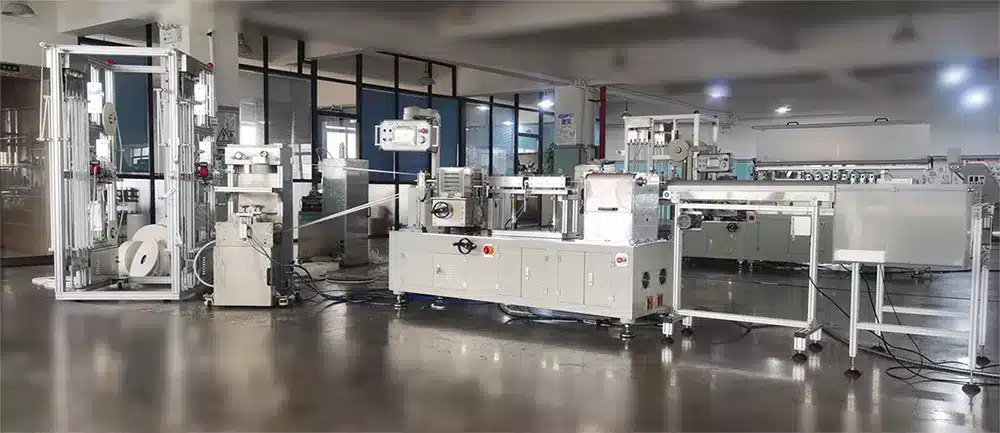
Key Features of the Paper Straw Making Machine
High-Speed Performance
Capable of input speeds up to 180m/min and output speeds of 150m/min for enhanced production efficiency.
Advanced Cutting System
Equipped with a single-knife cutting system and an innovative flying knife design. The programmable cutting length is fully adjustable, offering flexibility for various production needs.
Precision Control with Servo Motors
Powered by three servo motors to control the spiraling rollers, ensuring precise and smooth operation throughout the process
Automatic Paper Roll Splicing
The automatic paper roll splicing feature supports seamless connection of up to 4 layers of paper, minimizing downtime and boosting productivity.
Top-Quality Electrical Components
Key electrical components are sourced from renowned brand Schneider, including the main servo motor, servo motor driver, frequency converter, and the user-friendly touchscreen interface.
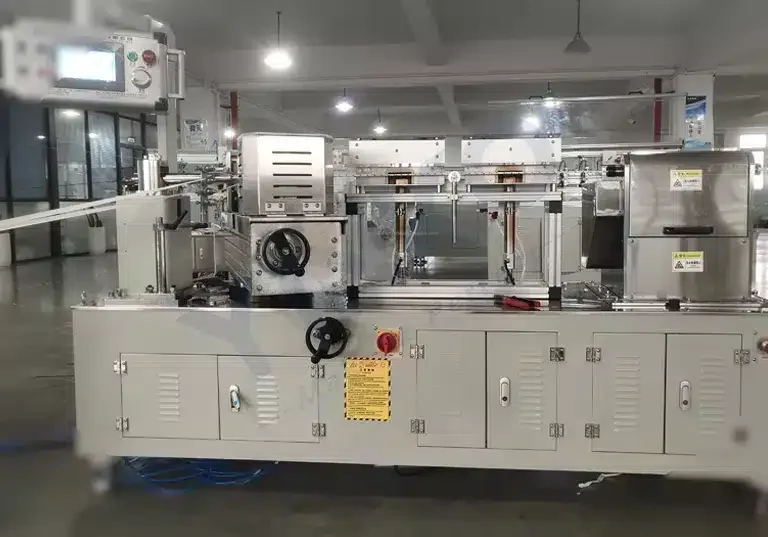
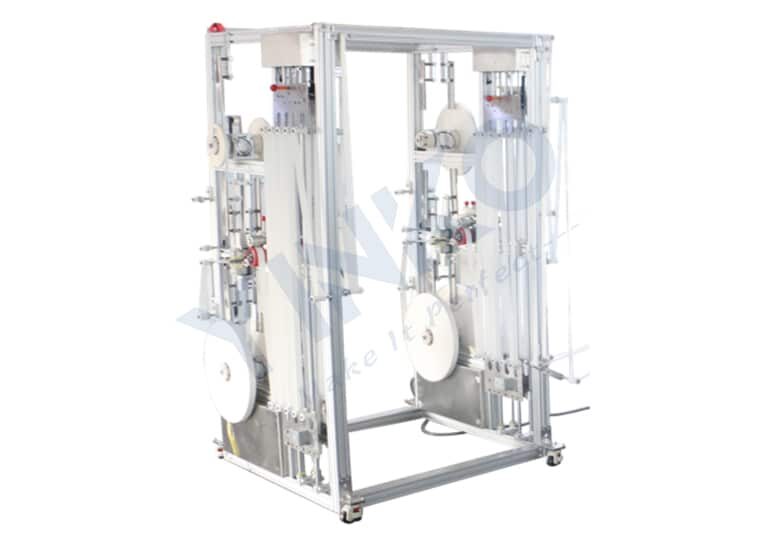
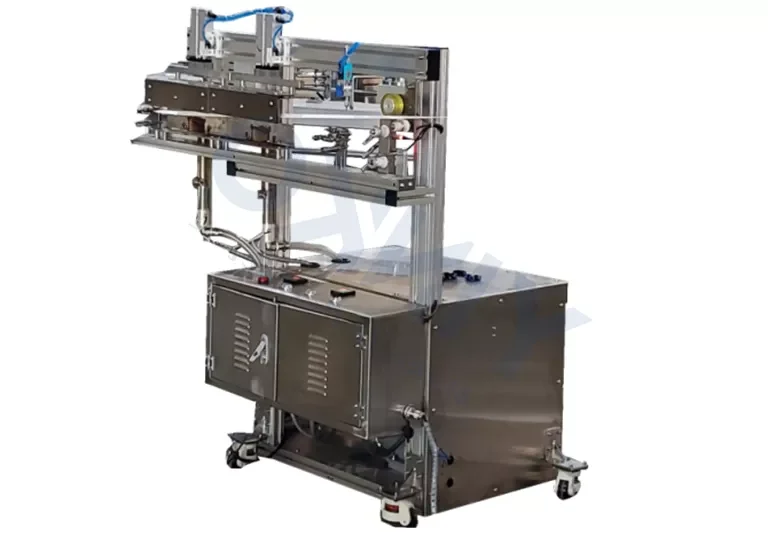
Technical Specification
| Model number | Single knife paper straw machine YKM-50 | ||
| Technical parameter | Control system | ||
| Layer of paper | 3-4 layers | PLC controller | Schneider |
| Max. Outer Diameter | 9mm | Human-machine interface | Schneider |
| Min. outer diameter | 3.3mm | Program version | GD-XJ 5.0 |
| Max. Thickness | 0.5mm | Servo system | Schneider |
| Min. Thickness | 0.2mm | Performer | Schneider |
| Min. Length | 120mm | Max Length | 500mm |
| Output speed | 3-150m/min | Signal component | Omron |
| Winding system | 2 servo/1 pc belt | Pneumatic component | Airtac |
| Cutting way | 1 knife pneumatic/1 servo | synchronous control | Synchronous belt |
| Kaedah gam | Glue extraction circulate | ||
| Lenght control | Pengekod | Assemble | |
| Operator | 1 orang | Tube rack | mempunyai |
| Membetulkan mandrel | Pengapit skru | Belt angle adjustment | Wheel adjustment |
| Kawalan kelajuan | Servo | Belt tension adjustment | Wheel adjustment |
| Power input | 3P/380V/50HZ | Paper-break stop function | mempunyai |
| Machine dimension | 2150*800*1650 | Pelinciran | Electric roller |
| Floor area | 7000*3000*1700mm | Paper tension control | Continuous tension control |
| Wheel diameter | 195mm | Paper holder | Automatic paper connecting holder |
| Wheel height | 100mm | Belt | Piece baseband |
| Max. spin speed | 200r/min | Total weight | 1150KGS |
Watch the Straw Making Machine in Action
Paper Straw Machine Working Principle
The process of manufacturing paper straws involves several distinct steps, utilizing various machines to ensure efficiency and quality. Here’s a detailed overview of the working process:
1. Raw Material Preparation
- Material Selection: The primary raw material is food-grade kraft paper, often sourced in large rolls. This paper must meet specific safety and strength standards.
- Inspection: Before use, the raw materials undergo inspection to ensure quality.
2. Printing (Optional)
- If branding or designs are required, the kraft paper is printed with eco-friendly inks before being cut into strips.
3. Slitting
- Machine Use: A slitting machine cuts the large rolls of paper into narrower strips. This step is crucial for achieving the desired width for the straws, typically around 10-12 mm.
- Layering: Depending on the design, multiple layers of paper may be used, often three layers for added strength.
4. Straw Production
- Gluing: The paper strips are coated with a non-toxic adhesive that helps bond the layers together during the next step.
- Spiral Winding: The glued strips are wound around a mandrel in a spiral fashion to form a tube. This process adds strength and stability to the straw.
5. Drying
- First Stage Drying: After winding, the straws pass through a drying chamber where heat is applied to set the glue and enhance structural integrity.
- Second Stage Drying: Following crimping (if applicable), a second drying phase further strengthens the straws.
Kebaikan & Keburukan Straw Kertas
KELEBIHAN
- Penyedut air kertas boleh terbiodegradasi, menjadikannya alternatif mesra alam berbanding penyedut plastik yang boleh mengambil masa ratusan tahun untuk reput.
- Penyedut minuman kertas boleh dikitar semula, mengurangkan sisa dan menyumbang kepada ekonomi yang lebih bulat.
- Penyedut minuman kertas diperbuat daripada sumber yang boleh diperbaharui, seperti pulpa kertas dan pelekat berasaskan tumbuhan, menjadikannya pilihan yang lebih mampan
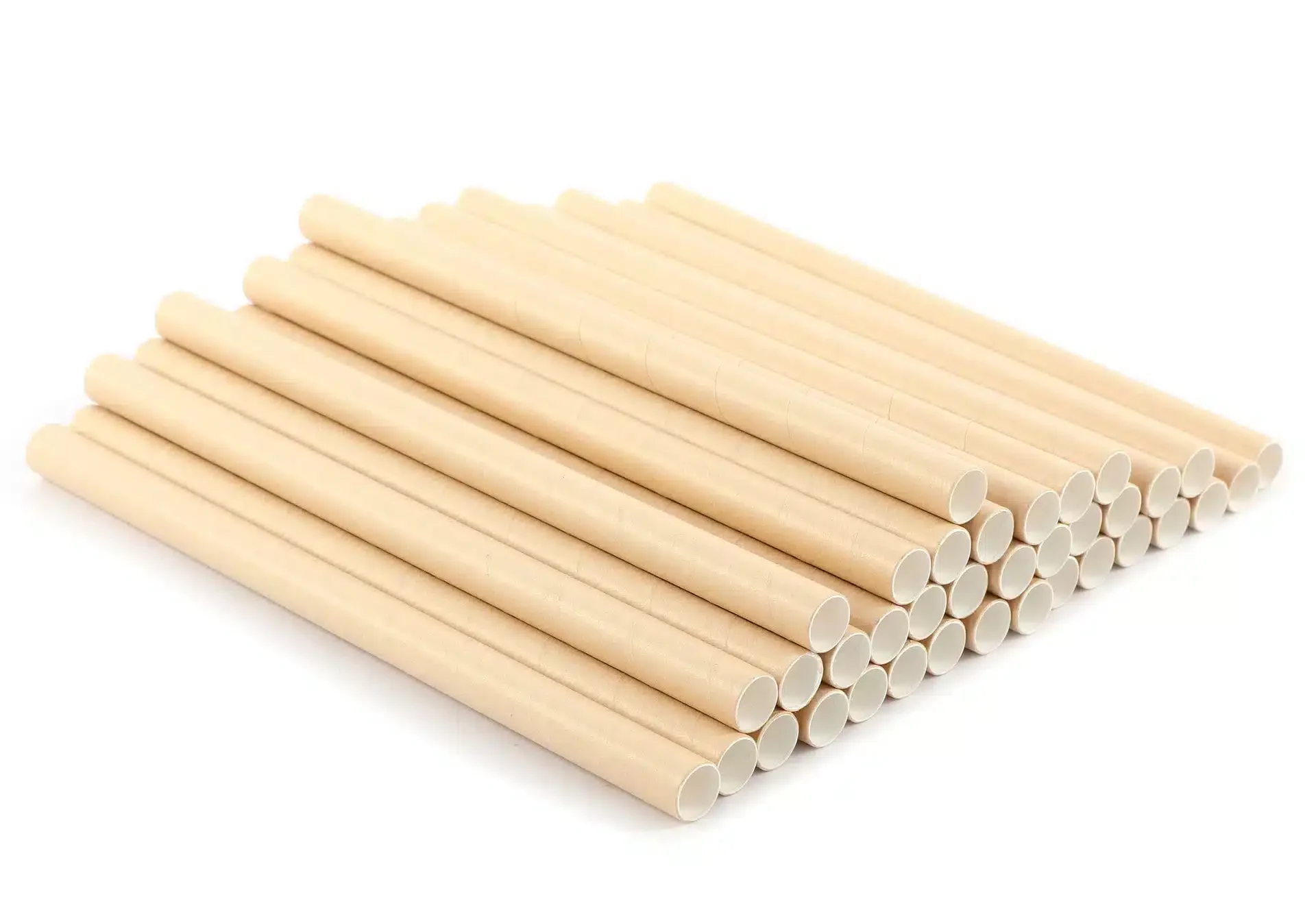
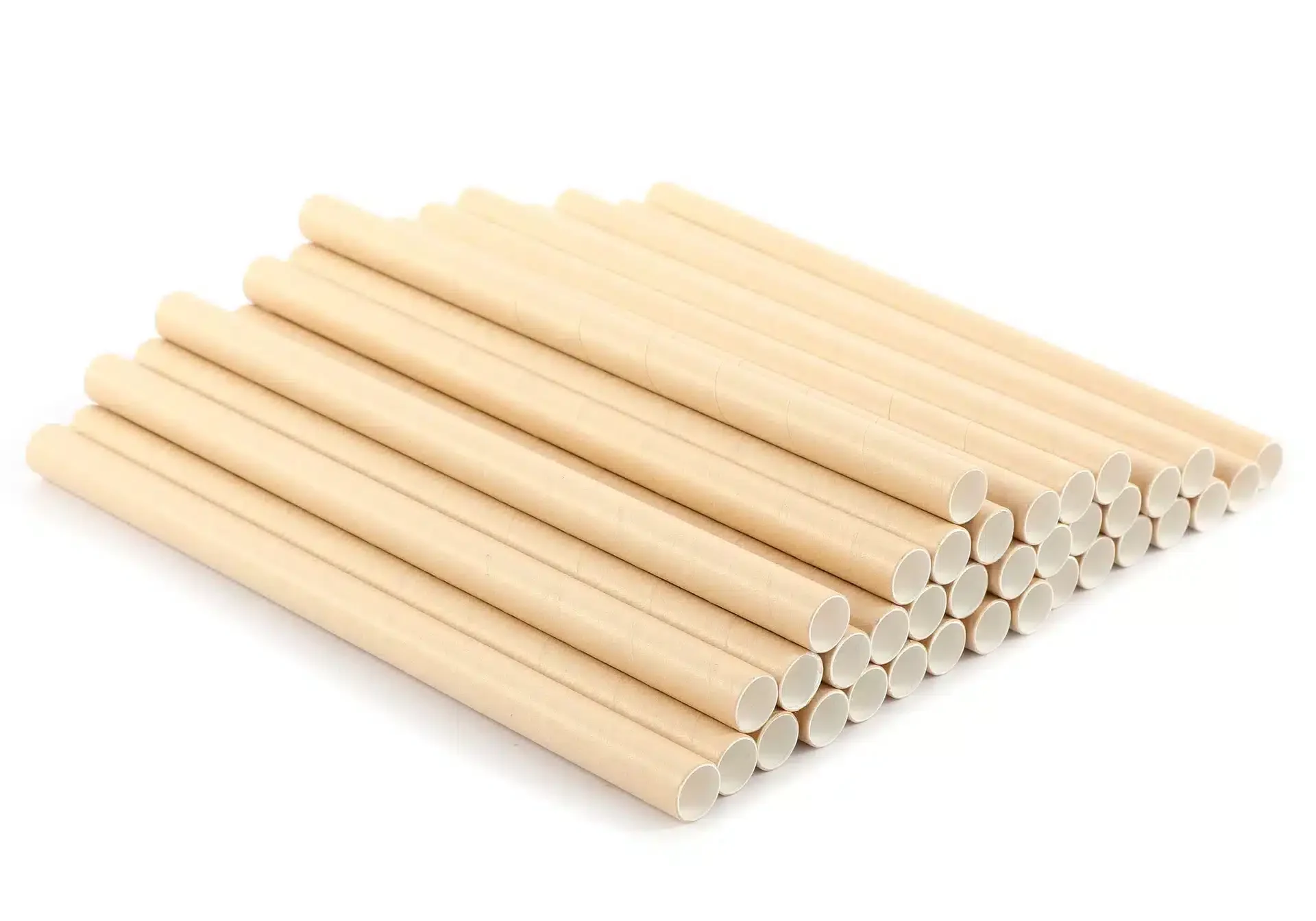
DISADVANTAGES
- Penyedut kertas tidak tahan lama seperti penyedut plastik dan boleh menjadi basah atau hancur apabila terdedah kepada cecair untuk tempoh yang lama.
- Penyedut minuman kertas boleh menjadi lebih mahal daripada penyedut minuman plastik, yang mungkin menghalang sesetengah perniagaan daripada beralih.
- Penyedut minuman kertas tidak sesuai untuk minuman panas, kerana ia boleh menjadi lembut dan kehilangan bentuknya apabila terdedah kepada haba.
Menggunakan penyedut minuman kertas boleh menjadi pilihan yang baik untuk orang yang prihatin terhadap alam sekitar dan ingin mengurangkan sisa plastik mereka. Sebagai alternatif yang boleh terbiodegradasi dan boleh dikitar semula kepada penyedut minuman plastik, penyedut minuman kertas boleh membantu mengurangkan kesan negatif plastik sekali guna terhadap alam sekitar.
Dari segi masa depan penyedut kertas, kemungkinan besar permintaan untuk alternatif yang mampan dan mesra alam kepada penyedut plastik akan terus berkembang, dan penyedut kertas berkemungkinan menjadi pemain utama dalam pasaran ini. Walau bagaimanapun, mungkin terdapat cabaran dari segi kos, ketahanan dan ketersediaan yang perlu ditangani untuk memastikan penggunaan penyedut kertas secara meluas.
Di samping itu, inovasi dan pembangunan berterusan dalam bidang bahan mampan dan proses pembuatan boleh membawa kepada penciptaan alternatif baharu dan dipertingkatkan kepada kedua-dua penyedut plastik dan kertas, yang boleh membentuk masa depan industri.
Explore More Straw Production Solutions




